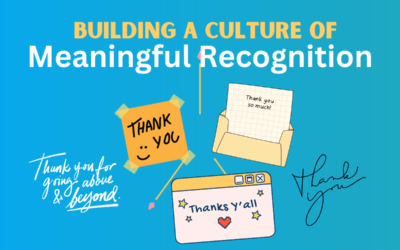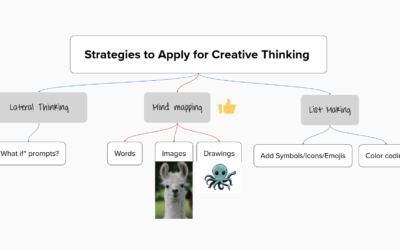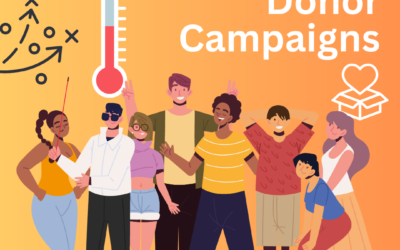 Nonprofit organizations love a good deal, but of course some deals are too good to be true. Looks like after years of working at it, Facebook is ready to confirm all that work nonprofits put in to building communities on their platform isn’t going to pay off.
Nonprofit organizations love a good deal, but of course some deals are too good to be true. Looks like after years of working at it, Facebook is ready to confirm all that work nonprofits put in to building communities on their platform isn’t going to pay off.
Charities have been using inexpensive communications channels since a bulletin board was really just a board. Flyers were tacked in a public place not because it was effective (though there was some of that) but because it was close to free. Postal mailing was done sparingly, because even at nonprofit bulk rates, the cost of production and delivery was still quite a lot. Nonprofits were slow to move to the web, in part because they thought adoption would be a lot slower than it ended up being, and in part because while hosting was cheap, it wasn’t free.
Not too much later, however, came Facebook. It’s explosive growth (an even faster curve than the internet itself) got many users of the internet and offered charities (and everyone else) free pages. Free is irresistible to the average do-gooder (despite the potential high cost of free) and so we created Facebook pages in droves. Users are there daily in many cases, so let’s engage users where they are, yes? Sure, our web sites (and we had them by this time) had more control and more detail, but we had to drag people there and Facebook already had them. We created profiles, we posted links, we shared our events and much more. We perhaps didn’t see the results we wanted, but surely this was just a matter of time until we cracked the code and had higher success.
Unless, as Facebook is want to do, the site changes the rules.
The new Facebook algorithm (explained by Facebook here, but better described by Forbes here) claims to be promoting “quality” content and demoting spam. Intended or not, the impact of this on nearly every business/nonprofit page is reduced numbers of fans actually seeing page posts. As Forbes notes, the more posts that have links, the greater the chance it will no longer be visible to your fans.
Unless, of course, you pay Facebook to promote the post. Your free page now really only works if you pay for it.
Your nonprofit has invested all this time and energy to get Facebook fans. Now if you want to connect to them, it’s time to pay the piper. As the inimitable skit from Monty Python illustrates, “awfully nice Facebook page you’ve got there. Be shame if something were to happen to it.” Charities do have choices, of course. One would be to stop spending as much time and energy on Facebook and concentrate on tactics that do still yield interactions. Another might be to start budgeting for paid posts. It’s very possible that organizations which pay for some promotions will hit the magic mark and get higher results on their unpaid posts as well. Whatever path you pick, remember to keep a close eye on your analytics. This won’t be the last change in communications with your stakeholders.




